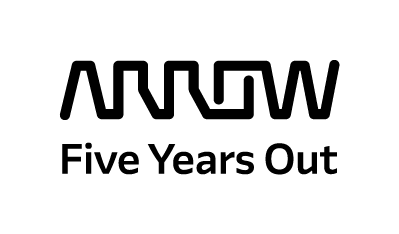The Energy-Water-Food-Electronics Nexus
By Carol Baroudi, Arrow Electronics
When problem areas touch each other and are entangled in a manner that requires consideration of all the interdependencies in order to find real solutions, the word of the day is “nexus.” Nexus simply means a coming together, but in the world of sustainability, it’s used to highlight the need for systems thinking, the need to consider all the angles lest your solution in one dimension exacerbate a problem in another.
In considering the sourcing of energy, for example, you need to pay attention to all the water issues that surround that sourcing. Hydraulic fracturing, known as “fracking,” for natural gas is implicated in ground water contamination as well as in other negative environmental impacts. A US government report says, “A typical (median) petroleum refinery of today has a daily capacity of about 16,000 barrels of crude oil. Approximately 22.5 million gallons of water circulate daily in the several water systems within the refinery. To maintain this circulation rate the refinery needs a source of water capable of providing … 2 million gallons per day.”
The linkage between food and water seems pretty obvious – no water, no crops – but also, no energy, no food. Fuel is needed to plant, harvest, store and transport food. Few regions can really subsist on food that’s grown locally, so when we talk about food security and food systems, energy must be part of the equation.
But missing from all these discussions to date is that fourth, unacknowledged element – namely, electronics. We on this planet cannot continue to live our lives as we know them without this key connector. Electronics will play an increasingly important role as we work to address the energy-water-food nexus. And huge amounts of both water and energy are critical to the manufacturing of electronics.
When you think renewable energy – wind turbines, solar panels – think electronics. The same critical materials needed to manufacture these as well as hybrid batteries are the same critical materials that are needed to manufacture all electronics and are tightly held under contentious trade agreements.
When you think about feeding the more than 7.3 billion people on the planet and your thoughts turn to smart agriculture and the Internet of Things being deployed to monitor crop conditions, again, think electronics.
When you think of logistics and delivery, when you think about switches – in telecommunications or in an electrical grid, for example – you need to be thinking electronics.
As electronics get smaller and smaller, becoming nearly invisible in their myriad applications, remember they are a critical fourth element in solving current and future problems. Please don’t throw them away. Make sure your electronics find their way to a new life or back into the manufacturing stream to protect the resources we need to create them anew.
Carol Baroudi works for Arrow’s Value Recovery business promoting sustainability awareness and action. She is the lead author of Green IT For Dummies. Her particular focus is on electronics at the IT asset disposition stage, e-waste, and everything connected. Follow her on Twitter @carol_baroudi and connect with her on LinkedIn at www.linkedin.com/in/carolbaroudi.



